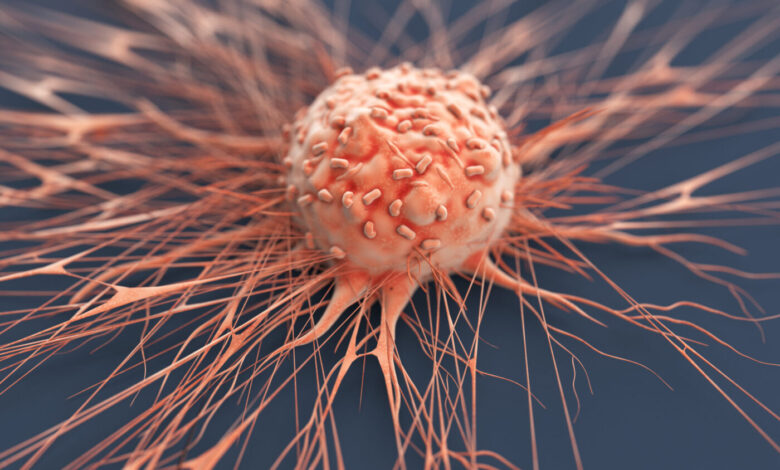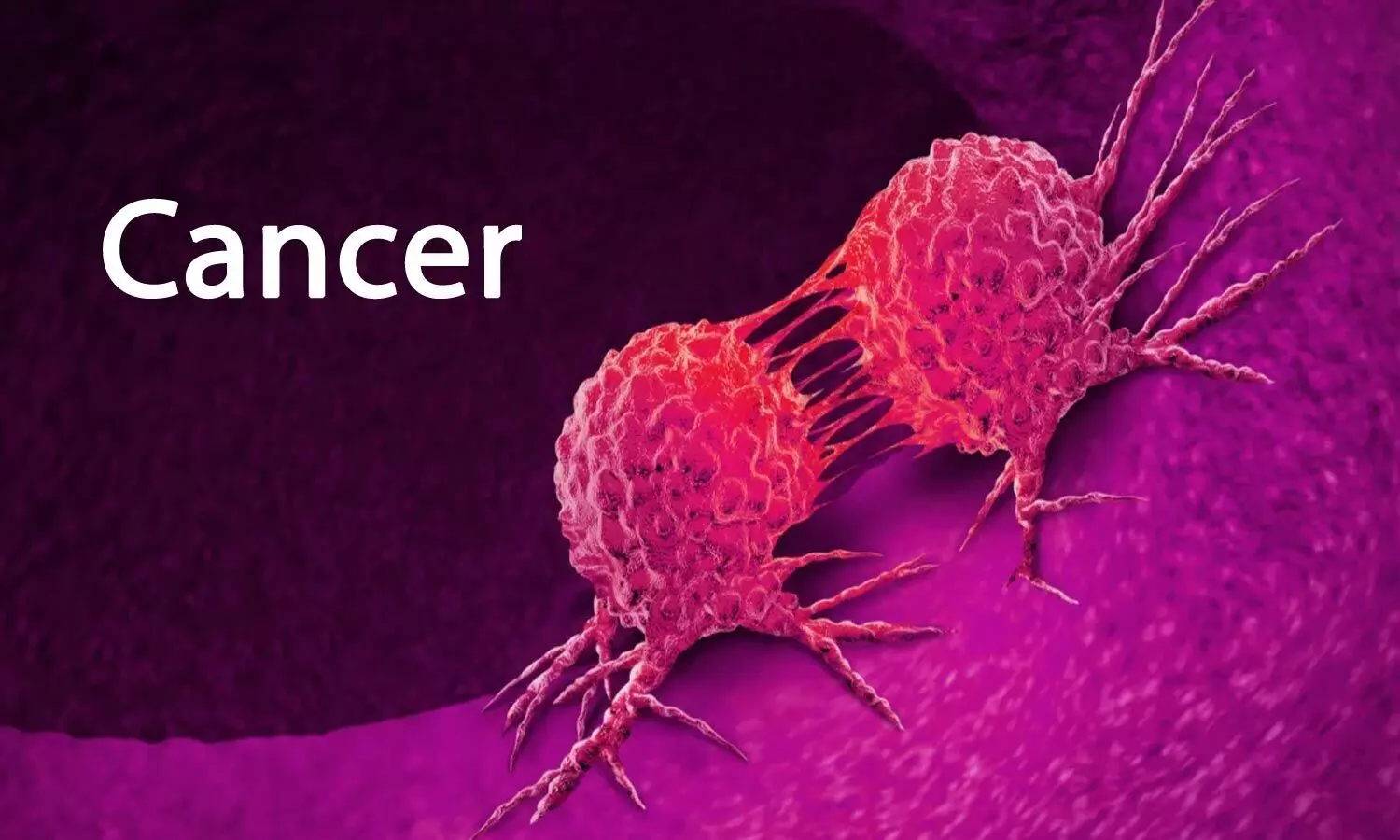Is It Time We Check In On Our Lifestyle Choices As India Has Been Warned Against An Onslaught Of “Chronic Diseases”?
Heart disease, cancer, diabetes, stroke, arthritis and other chronic diseases are the leading causes of disability and death in developed nations. In the United States, New York State alone, more than 40% of adults suffer from a chronic disease and are responsible for 23% of all hospitalizations in New York State. Six out of every ten deaths in New York State are caused by chronic diseases, and heart disease and cancer account for over half of all deaths in the State of New York.

Chronic Diseases: India is changing, and it is not just in terms of technology, growth and economy but also in an ever-increasing and moving away from traditional food habits and lifestyle choices.
But this change has come with its own set of challenges, and it cannot be ignored, for it talks about our very health.
According to Dr Jame Abraham, Chairman, Department of Haematology and Medical Oncology, Cleveland Clinic, Ohio, U.S.A, the Indian population is said to be facing a major shift in health and well-being. It may just be bombarded with a host of chronic diseases.

Cancer is the one that leads the list of Chronic Diseases others include diabetes, heart disease, arthritis etc., and the increase in Indians suffering from the same in the coming years has primarily been attributed to globalization, a growing economy, an ageing population and changing lifestyle, according to this leading oncologist.
This may be true indeed since it is a fact that our lifestyle has changed considerably in the last decade.
We have moved into a fast-paced world where everyone is vying to be at the top of the game (Job, social profiles, family, friends, etc.).
It has become a competition to be here and there and everywhere!
Our very way of living has undergone a tremendous change, a change so significant that the lifestyle, food, and even leisure or on what and how we choose to spend our time has changed immensely.
Hence, it is not surprising that we should now have to face diseases that predominantly originate from an unhealthy diet, excessive alcohol and smoking, lack of proper exercise, and not enough sleep.
Chronic Diseases A Bane Of Modern Tech Age
Although Chronic diseases have become more prevalent and costly, many are preventable.
Many chronic diseases have been linked to lifestyle choices that remain within our own hands to change.
Hence as we move towards this change, India will face a tsunami of chronic diseases such as cancer, warned Dr. Jame Abraham, Chairman, Department of Haematology and Medical Oncology, Cleveland Clinic, Ohio, U.S.A., making it critical for India to embrace and enhance its technology-driven medical techniques to prevent health catastrophes effectively.
Cancer – Prevention and Treatment
Cancer has undoubtedly become one of the more rampant of all chronic diseases and among the six trends that will reshape cancer care in this century are
Cancer vaccines for prevention and treatment, expansion of Artificial Intelligence & data digital technology, and cancer diagnosis from liquid biopsies, according to the Doctor.
The other three trends are the usage of genomic profiling, the evolution of gene editing technologies and the next generation of immunotherapies and CAR T cell therapies.
“Digital technology, information technology and telehealth will narrow the gap between patients and specialists.
This will also improve the availability of expert care in remote parts of our country, including rural settings where the majority of our population lives.
Dr. Abraham also noted that India’s biggest challenge would be how to make it affordable and accessible for millions of its people when these technologies continue to revolutionize cancer care.

Cancer A World Wide Disease
Globocan estimates that the cancer burden globally is expected to be 28.4 million cases in 2040, which will be a 47% rise from 2020 due to demographic changes.
This may escalate by increasing risk factors associated with globalization and a growing economy.
An estimated 19.3 million new cancer cases and almost 10.0 million cancer deaths were reported worldwide in 2020.
Female Breast Cancer On The Rise
The report states that Female breast cancer has surpassed lung cancer as the most commonly diagnosed cancer. In contrast, lung cancer remained the leading cause of cancer death, with an estimated 1.8 million deaths (18%), followed by colorectal (9.4%), liver (8.3%), stomach (7.7%), and female breast cancer (6.9%).
Cancer Research
Dr. Abraham holds that cancer vaccines are an exhilarating research area which has shown the potential to immunize people against various cancers.
He noted that researchers had developed amazingly successful mRNA COVID-19 vaccines, and the fact is mRNA-based cancer treatment vaccines have been tested in small trials for more than a decade, with some promising early results.
“Currently at Cleveland Clinic, our team is doing a clinical trial testing cancer vaccine in high-risk breast cancer,” he says.

Technology To The Rescue
Highlighting the role of cutting-edge technologies, the Doctor says computers using Artificial Intelligence (AI) can identify variations in patterns from normal to abnormal in the biopsy much more accurately than the human eye. These technologies will mandate radiologists and pathologists to be more efficient and accurate.
Genetic profiling or testing at an early age to detect the abnormal gene can help detect breast and colon cancers in their earliest stage.
“In a futuristic society, genomic testing will be widely used, like monitoring blood pressure or cholesterol, to identify high risks and find targeted treatments to kill cancer cells specifically. By doing testing in the population or high-risk individuals will allow doctors to intervene before the cancer happens,” he says.
He further added that scans, mammograms, colonoscopies or a pap smear are currently used for a cancer diagnosis; however, it can by then become too late when the tumour is detected.
“Hence, the treatment needs to be very aggressive. The emerging liquid biopsy technologies will help detect cancer from a drop of blood, before it can be detected by a scan or it manifests as a lump or an ulceration.”
Gene Therapy
Genome or gene editing involves research seeking to alter the genes of living organisms and use them to treat genetic or acquired diseases.
Gene therapy holds promise for treating cancer, cystic fibrosis, heart disease, diabetes, haemophilia, sickle cell disease, and AIDS.
Another direction in cancer treatment is immunotherapies, which, combined with chemotherapy, have resulted in several cases’ complete disappearance of tumours.
It is now a standard treatment currently in many parts of the world. Scientists are also using CAR T cell therapy, in which T cells are isolated from a patient’s blood and modified in the laboratory to attack cancer cells specifically.
Conclusion: Dr. Abraham has ideally pointed to the fact that when we develop novel technologies to prevent and treat cancer, we still must not take our focus on cancer prevention.
The most common causes of cancers are still tobacco, alcohol, diet and infections; hence policies for tobacco and alcohol control have to be India’s priority.




